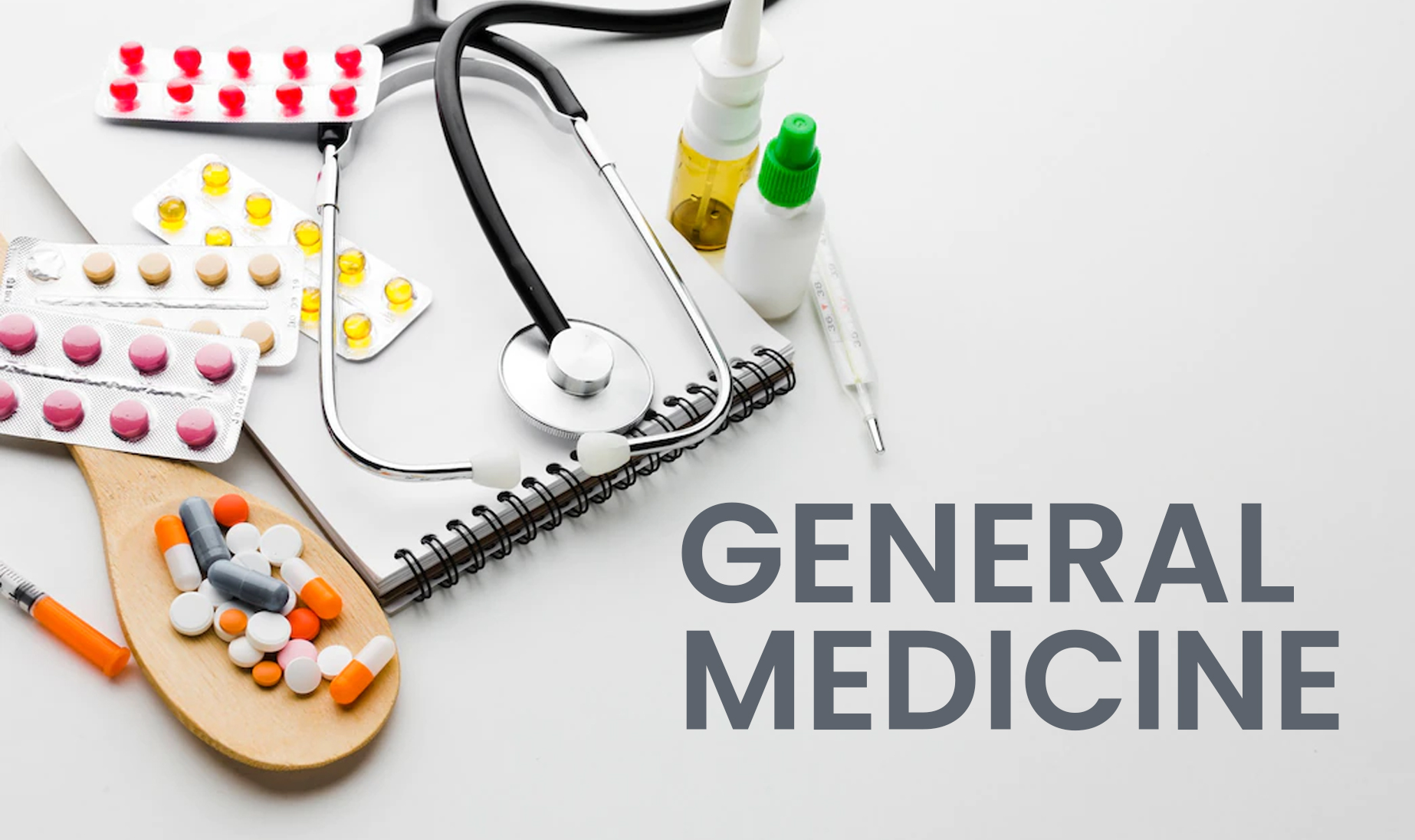
Hyperlipidemia
Hyperlipidemia is a medical condition characterized by elevated levels of lipids (fats) in the bloodstream, particularly cholesterol and triglycerides. This condition is a significant risk factor for the development of cardiovascular diseases, including heart attack and stroke. Managing hyperlipidemia is crucial for maintaining heart health and reducing the risk of associated complications.
Symptoms:
Hyperlipidemia often does not present noticeable symptoms, earning it the term “silent condition.” However, prolonged elevation of lipid levels can contribute to the development of atherosclerosis (hardening and narrowing of the arteries), which may eventually manifest as symptoms of cardiovascular disease, such as:
- Chest pain (angina): Discomfort or pressure in the chest, often during physical exertion or stress.
- Shortness of breath: Difficulty breathing, especially with exertion.
- Fatigue: Feeling tired or exhausted, even with adequate rest.
- Peripheral artery disease (PAD): Reduced blood flow to the limbs, leading to symptoms such as leg pain or numbness, particularly during exercise.
- Transient ischemic attack (TIA) or stroke: Sudden onset of weakness, numbness, or paralysis, usually on one side of the body, along with speech difficulties and visual disturbances.
It’s essential to recognize these symptoms and seek prompt medical attention, especially if you have known risk factors for cardiovascular disease.
Diagnosis:
Diagnosing hyperlipidemia involves blood tests to measure lipid levels, including total cholesterol, low-density lipoprotein (LDL) cholesterol, high-density lipoprotein (HDL) cholesterol, and triglycerides. The results of these tests, along with other risk factors such as age, family history, smoking status, and medical history, help healthcare providers assess cardiovascular risk and develop a personalized treatment plan.
Treatment:
Managing hyperlipidemia typically involves lifestyle modifications and, if necessary, medication:
- Lifestyle modifications: Including adopting a heart-healthy diet low in saturated fats, trans fats, and cholesterol; increasing consumption of fruits, vegetables, whole grains, and lean proteins; engaging in regular physical activity; maintaining a healthy weight; limiting alcohol intake; and quitting smoking.
- Medication: When lifestyle modifications alone are insufficient to lower lipid levels to target goals or in individuals at high cardiovascular risk, healthcare providers may prescribe lipid-lowering medications such as statins, bile acid sequestrants, ezetimibe, or PCSK9 inhibitors.
It’s essential for individuals with hyperlipidemia to adhere to their treatment plan, attend regular follow-up appointments, and monitor their lipid levels as recommended by their healthcare provider.
Prevention:
Preventive measures for hyperlipidemia focus on maintaining a heart-healthy lifestyle and managing modifiable risk factors for cardiovascular disease:
- Healthy diet: Emphasizing a diet rich in fruits, vegetables, whole grains, lean proteins, and healthy fats while minimizing intake of saturated fats, trans fats, and cholesterol.
- Regular exercise: Engaging in moderate-intensity physical activity for at least 150 minutes per week, as recommended by guidelines.
- Weight management: Achieving and maintaining a healthy weight through a combination of diet and exercise.
- Smoking cessation: Quitting smoking and avoiding exposure to secondhand smoke.
- Limiting alcohol consumption: Moderating alcohol intake to reduce the risk of elevated triglyceride levels and cardiovascular disease.
What causes hyperlipidemia?
Hyperlipidemia can result from a combination of genetic factors, lifestyle choices (such as diet and physical activity), underlying medical conditions (such as diabetes and hypothyroidism), and certain medications.
Are there different types of hyperlipidemia?
Yes, hyperlipidemia can be classified into various types based on the specific lipid(s) elevated and underlying causes. Common types include hypercholesterolemia (elevated LDL cholesterol), hypertriglyceridemia (elevated triglycerides), and combined hyperlipidemia (elevated LDL cholesterol and triglycerides).
Can hyperlipidemia be cured?
While hyperlipidemia cannot be cured, it can be effectively managed through lifestyle modifications, medication, and regular monitoring. With proper management, individuals with hyperlipidemia can reduce their risk of cardiovascular disease and improve overall health.
What are the complications of untreated hyperlipidemia?
Untreated or poorly managed hyperlipidemia can lead to serious complications, including atherosclerosis, coronary artery disease, heart attack, stroke, peripheral artery disease, and other cardiovascular events.
How often should lipid levels be checked?
The frequency of lipid level monitoring depends on individual risk factors, medical history, and treatment goals. In general, healthcare providers may recommend regular lipid screening every four to six years for adults without known risk factors and more frequently for those at higher risk or with existing cardiovascular disease.
Can hyperlipidemia be prevented?
While some risk factors for hyperlipidemia, such as genetics, cannot be controlled, adopting a heart-healthy lifestyle and managing modifiable risk factors can help prevent or reduce the risk of developing elevated lipid levels and associated cardiovascular disease.




